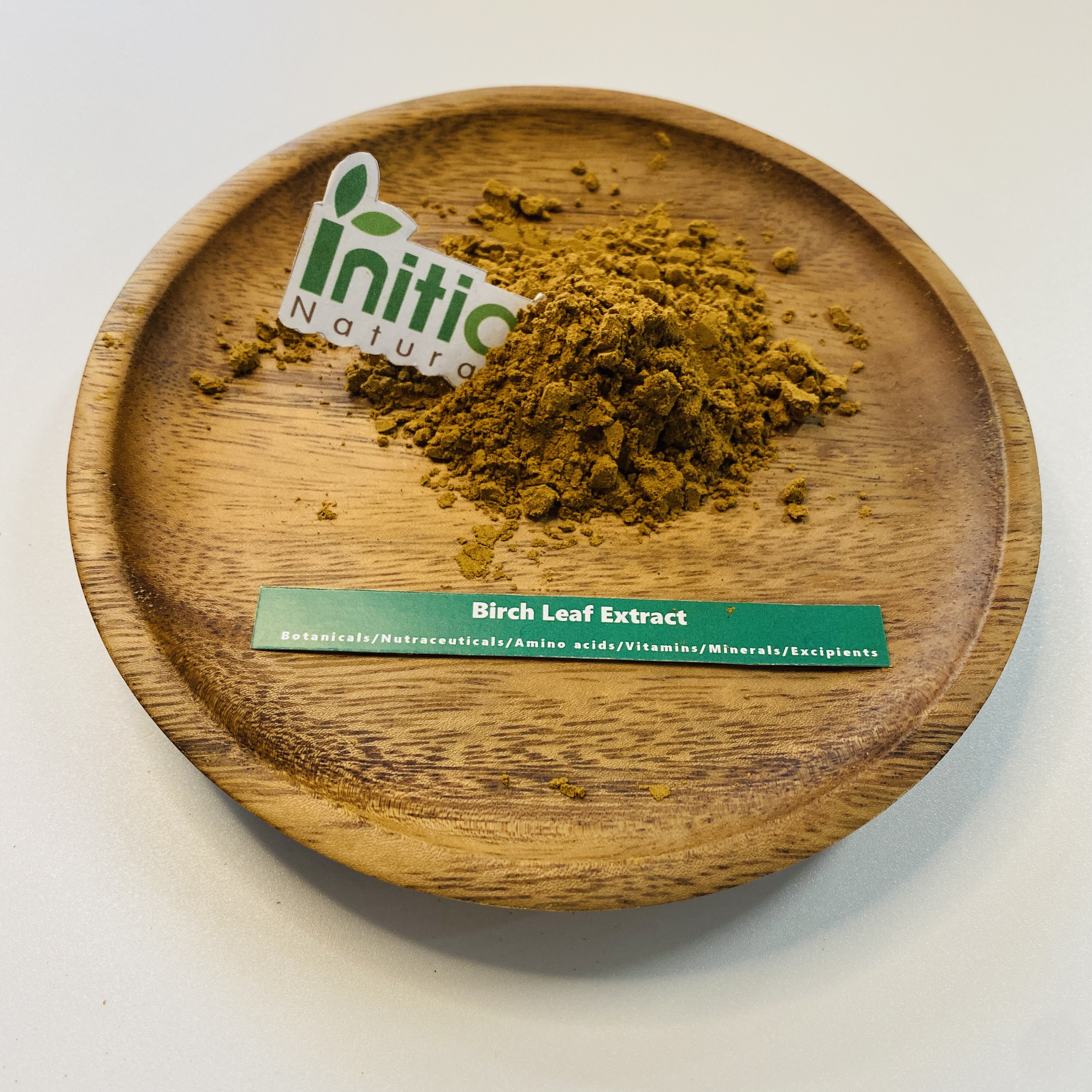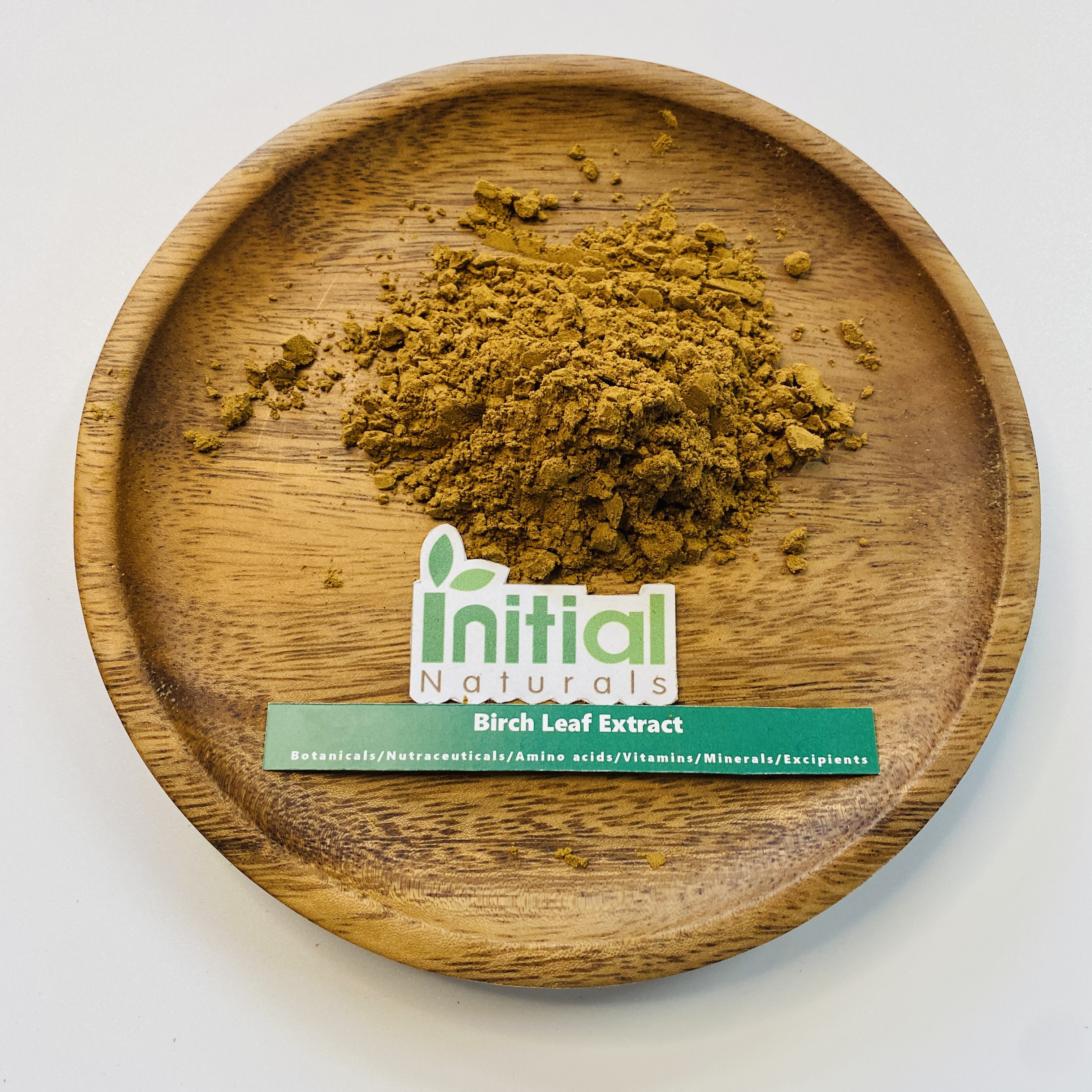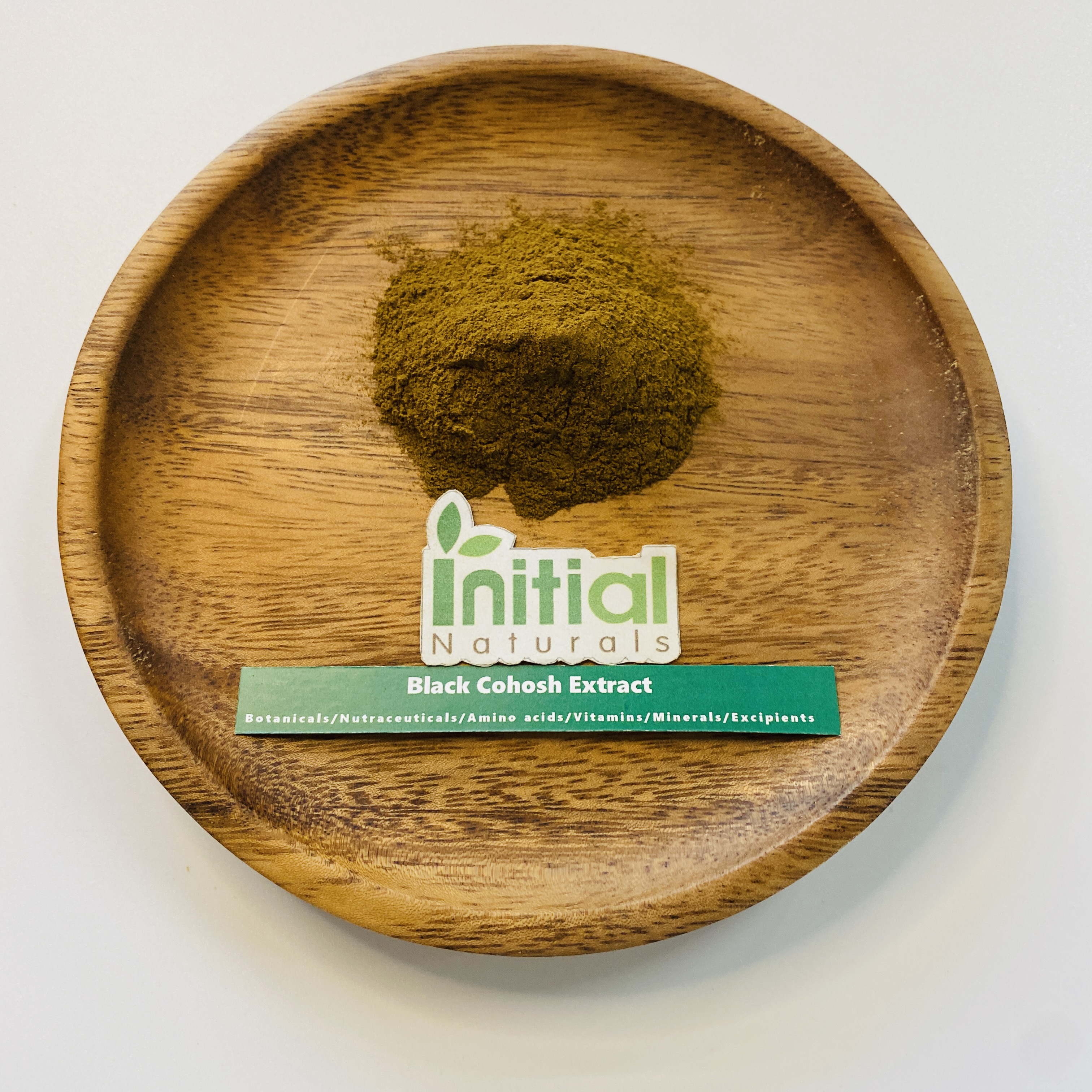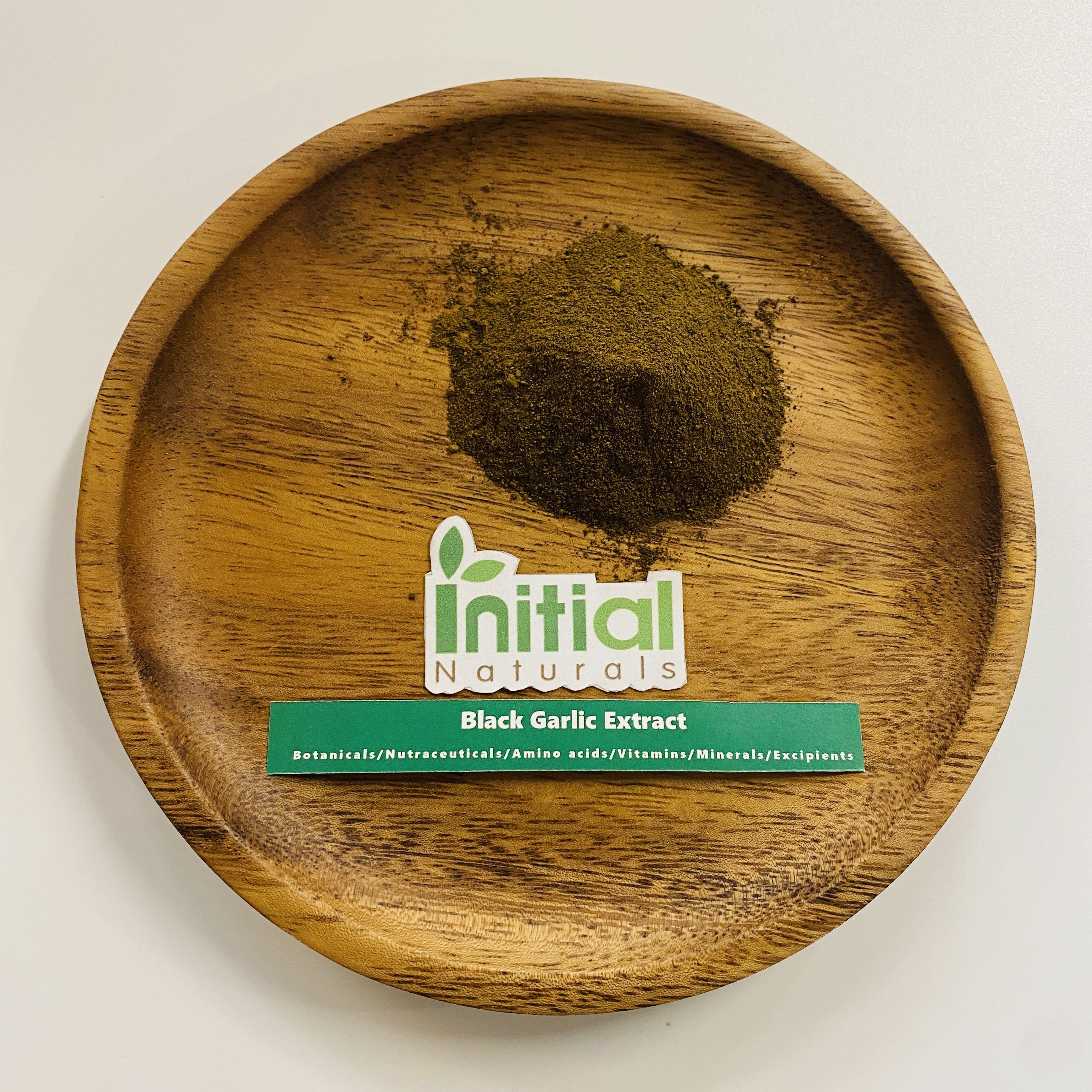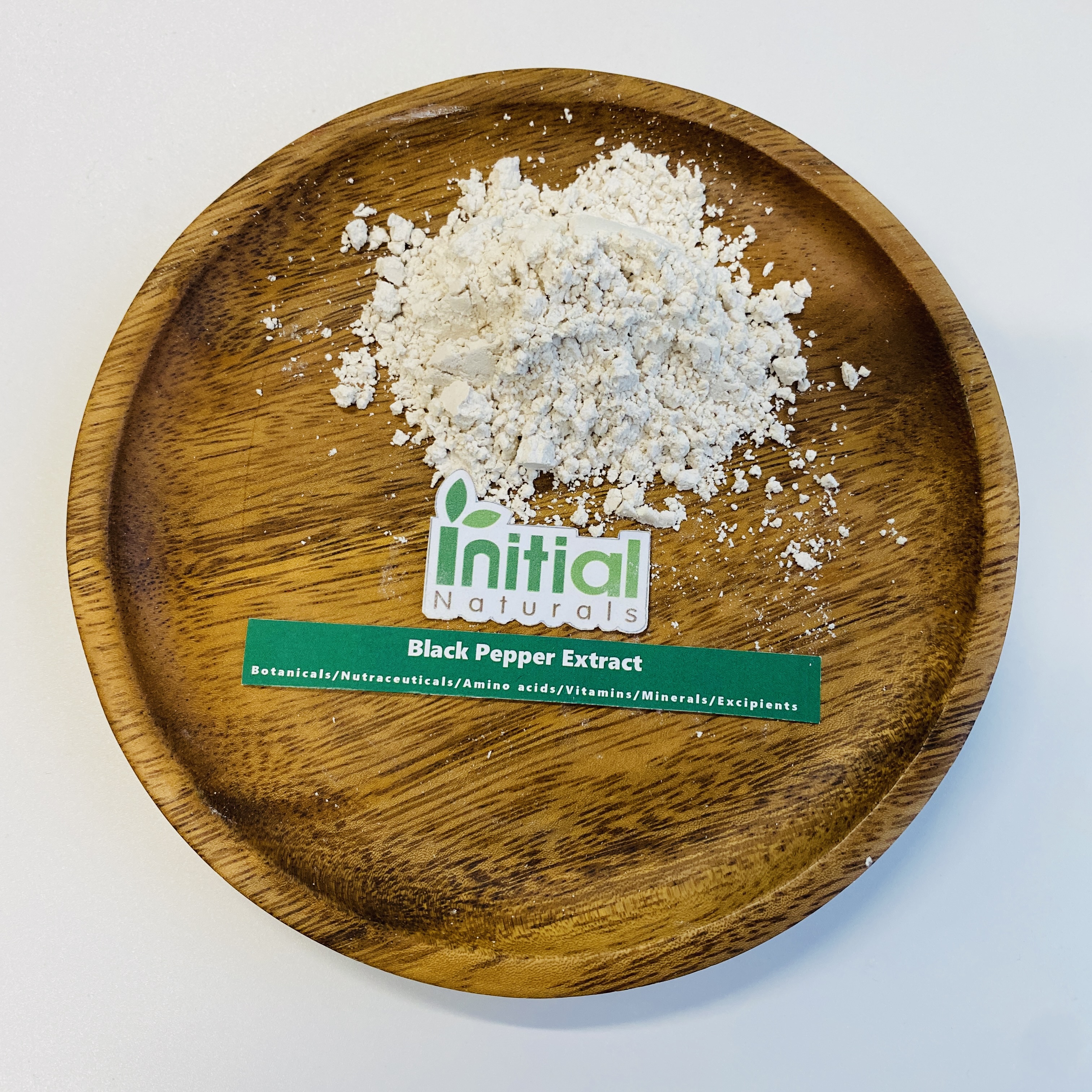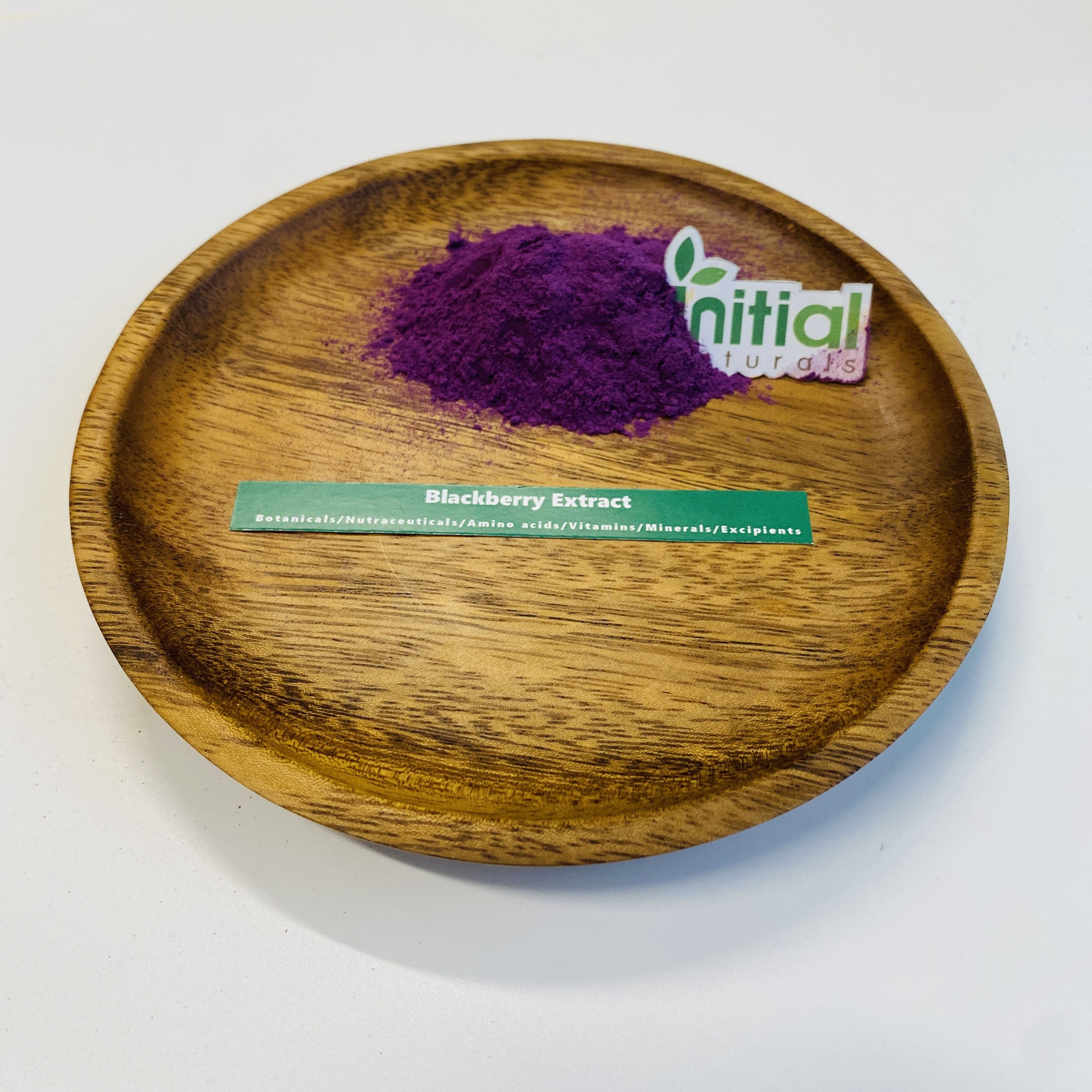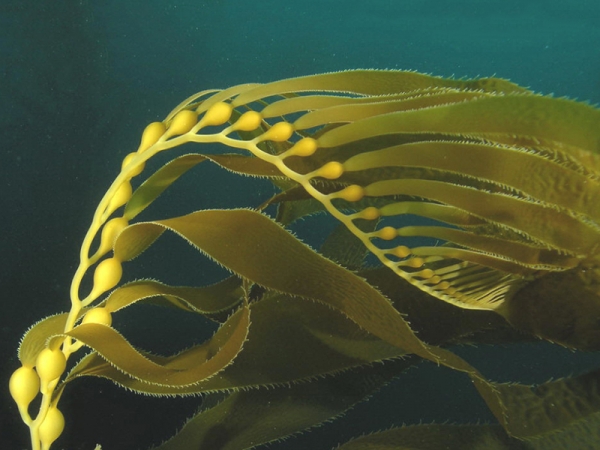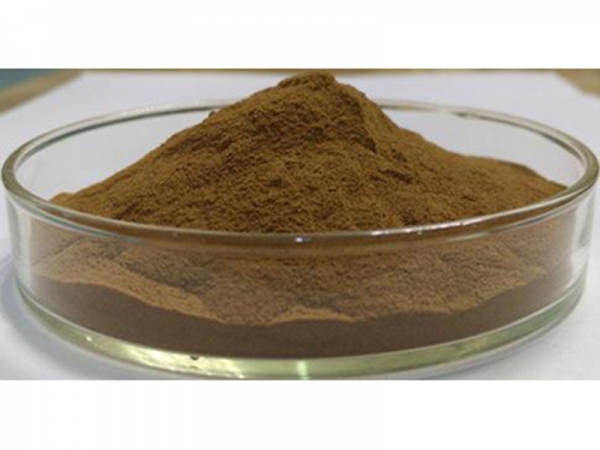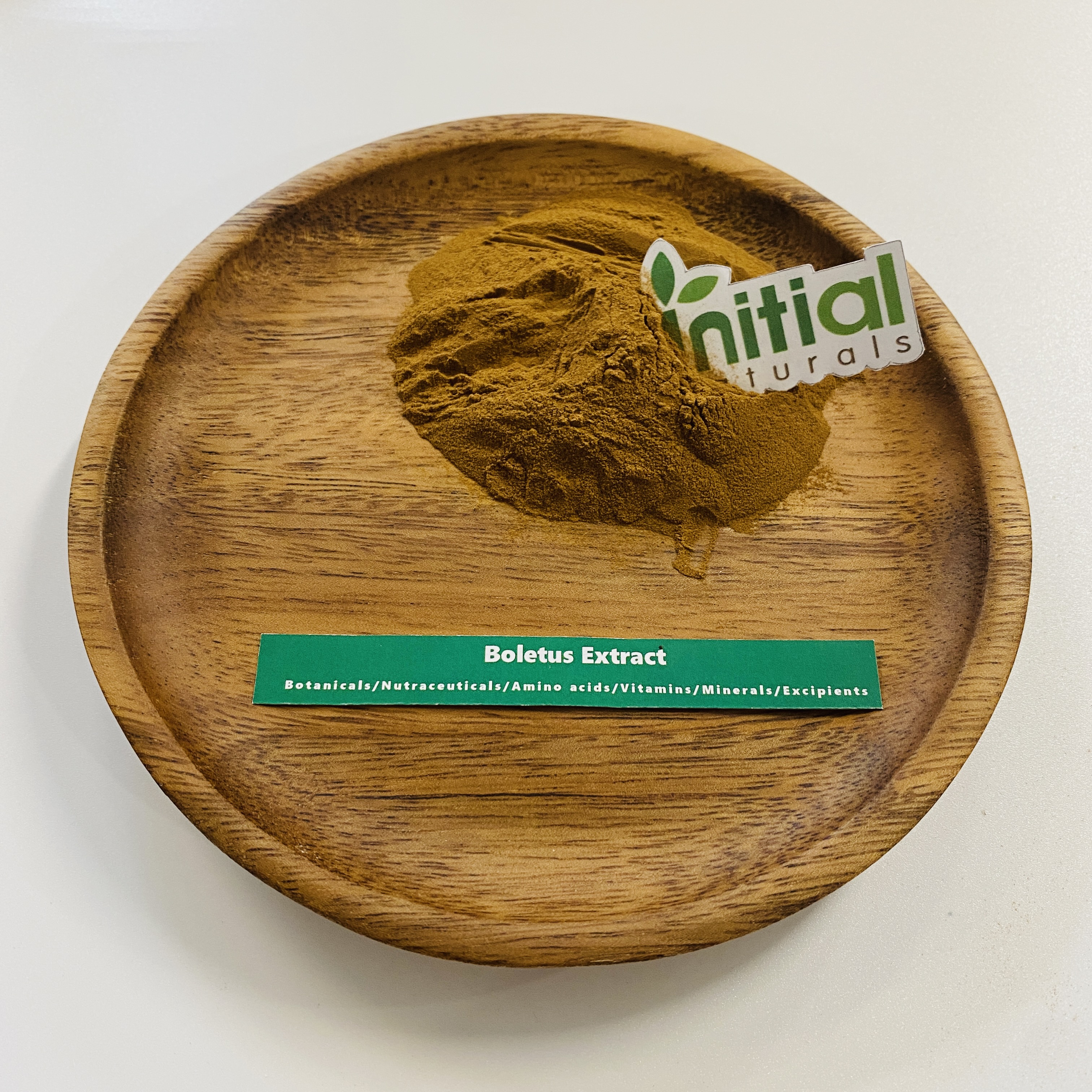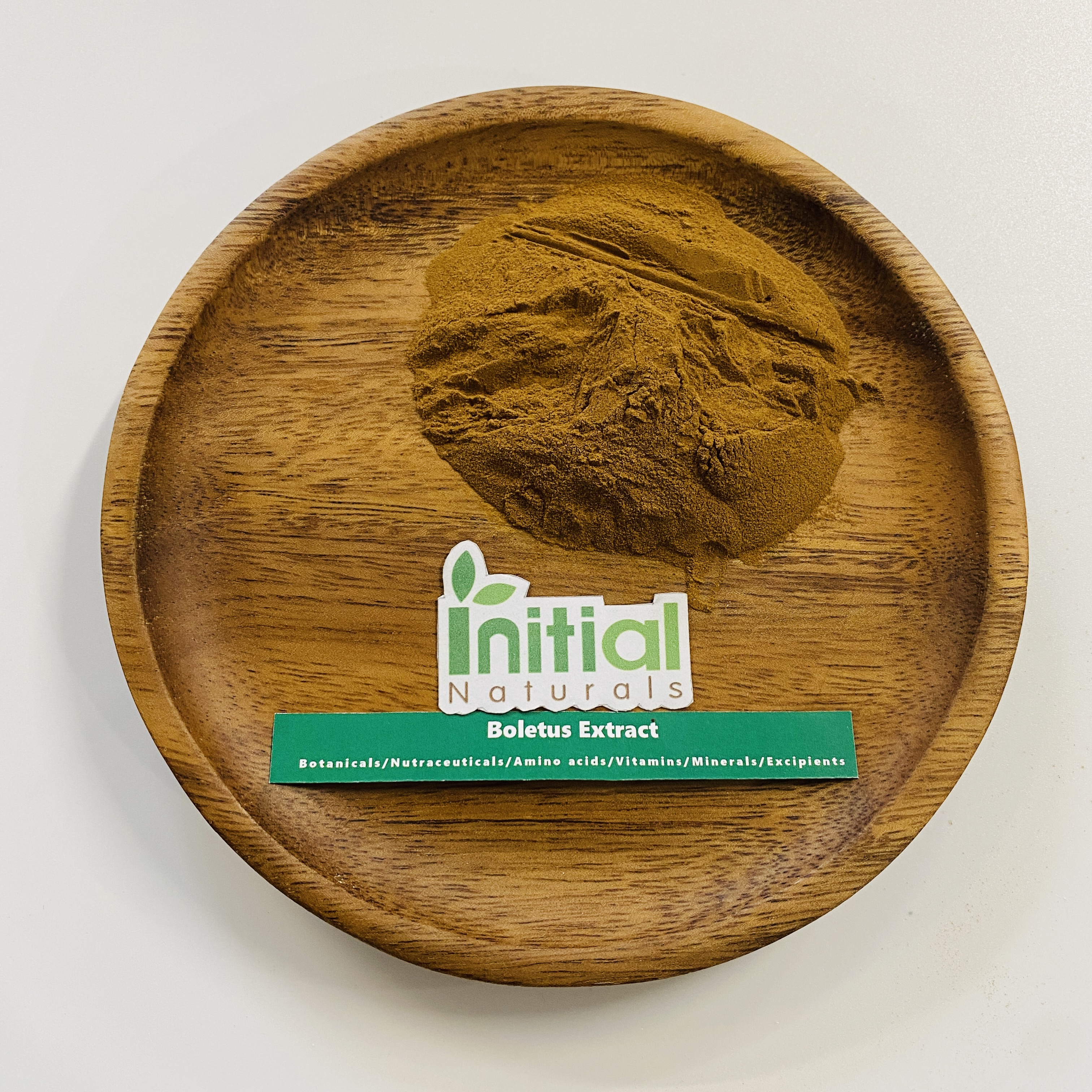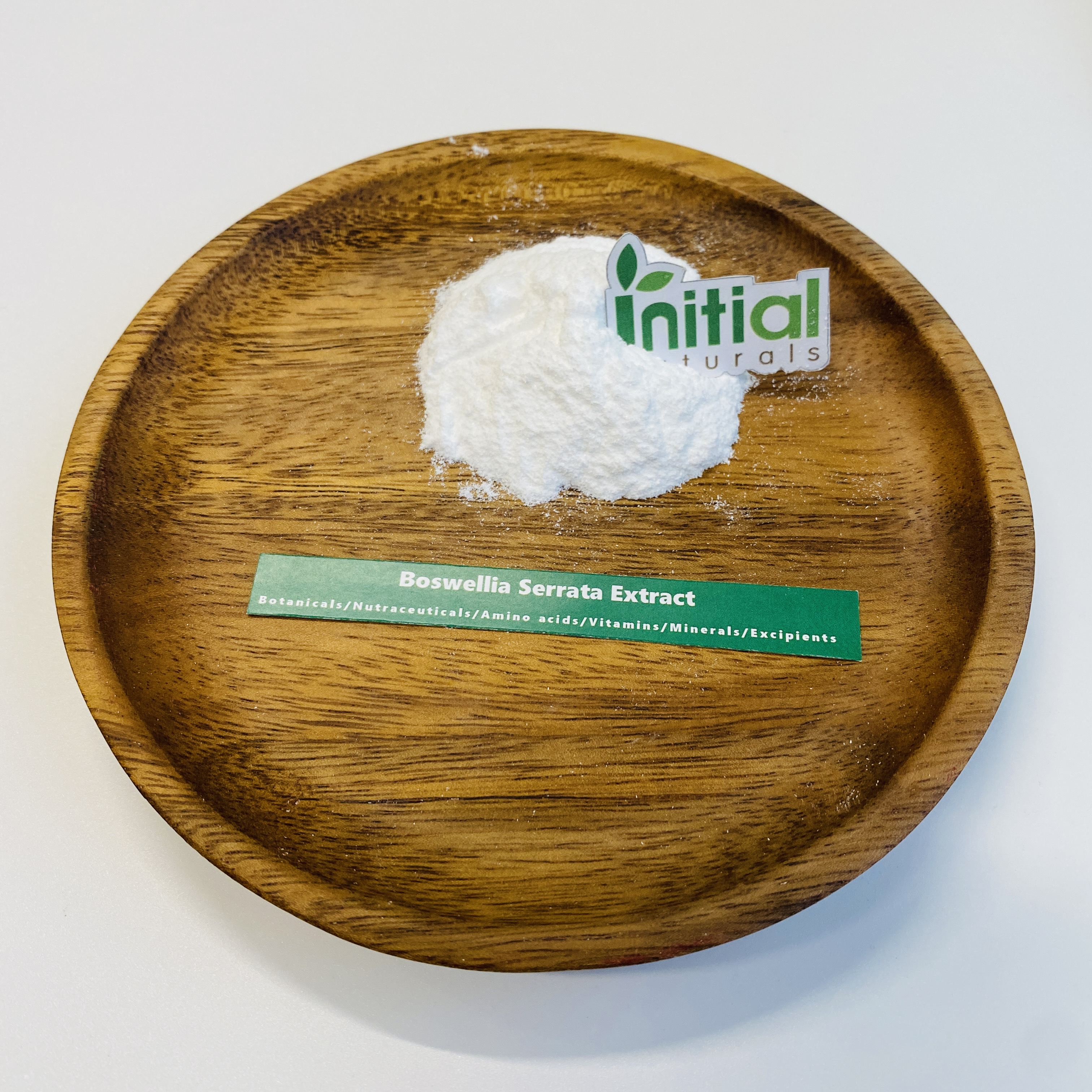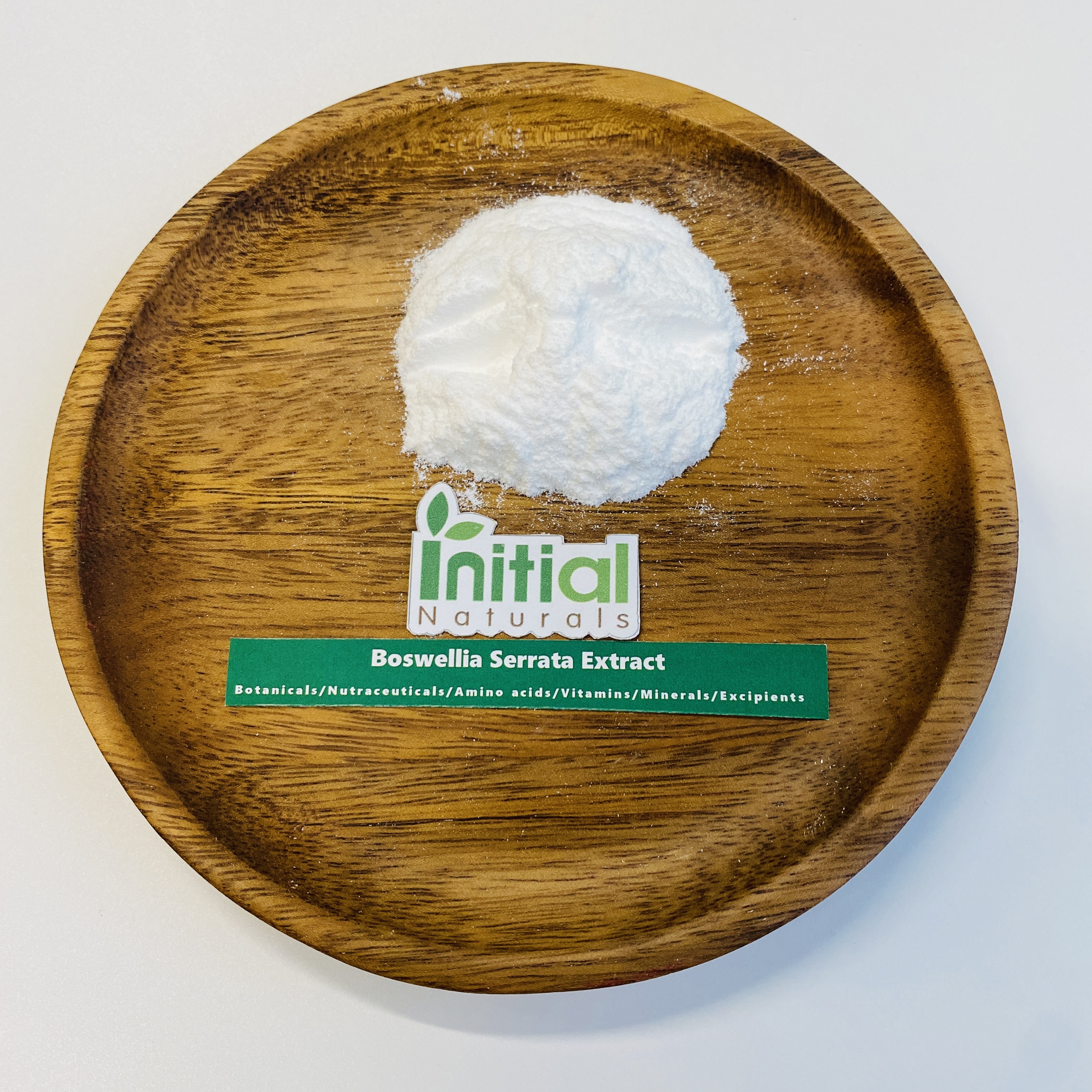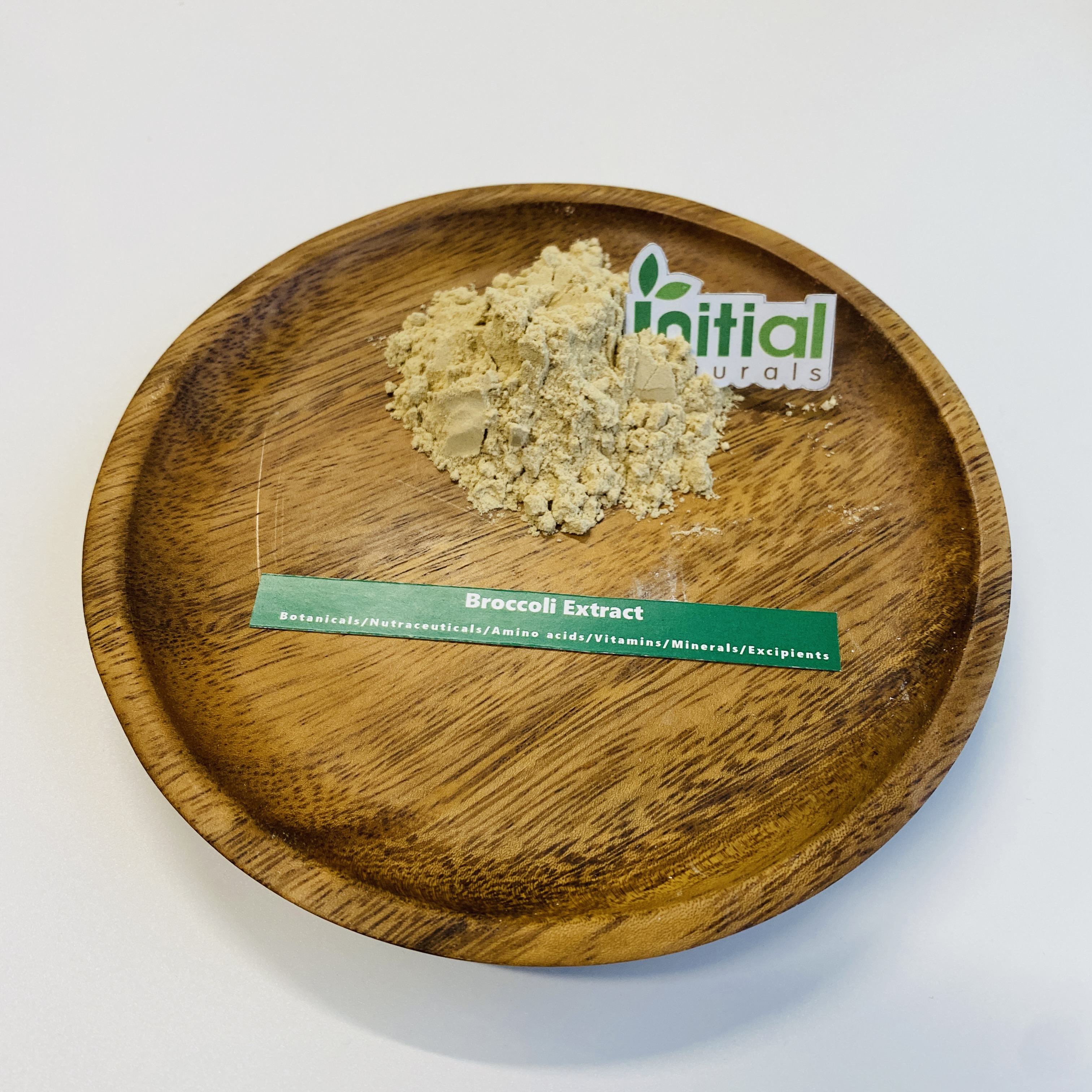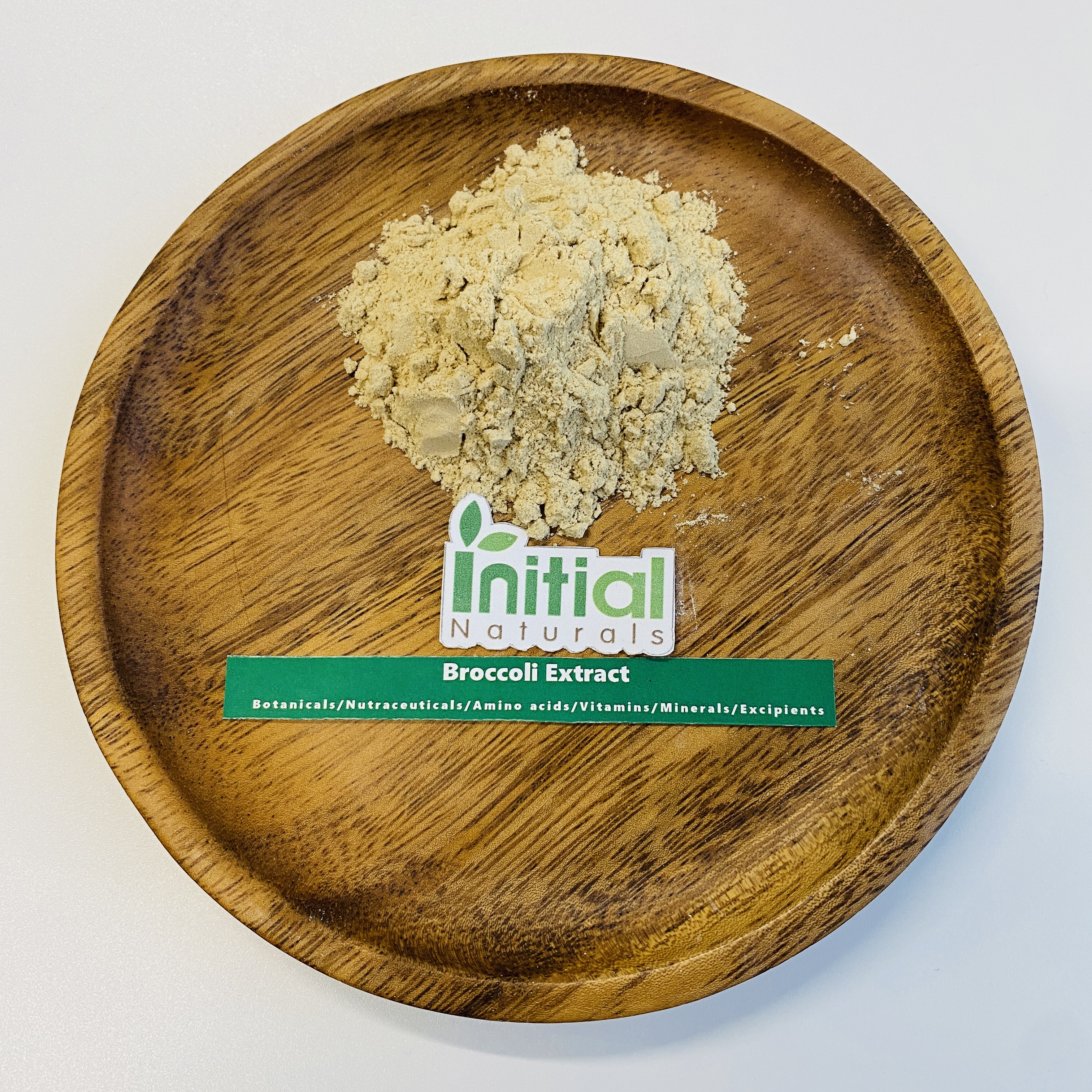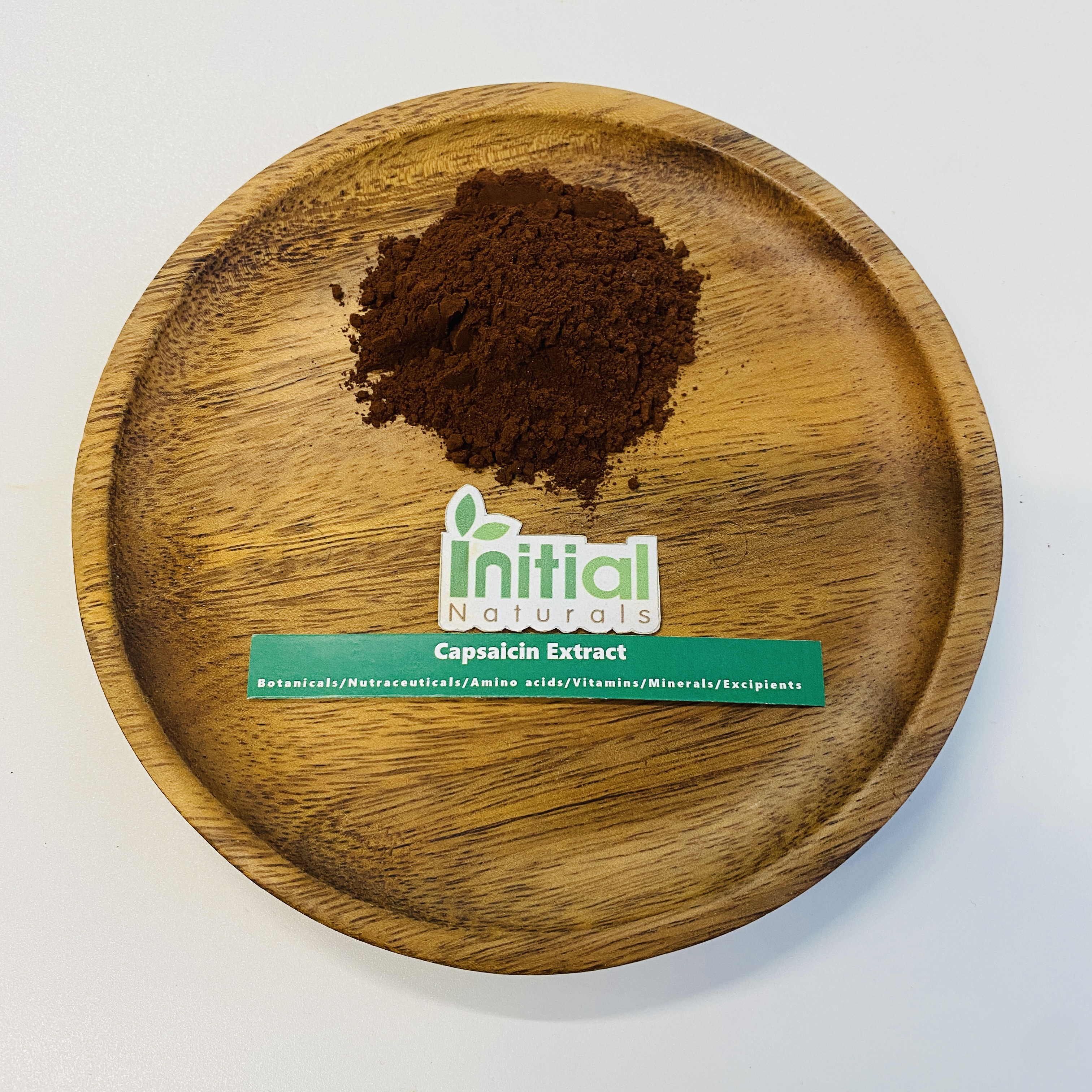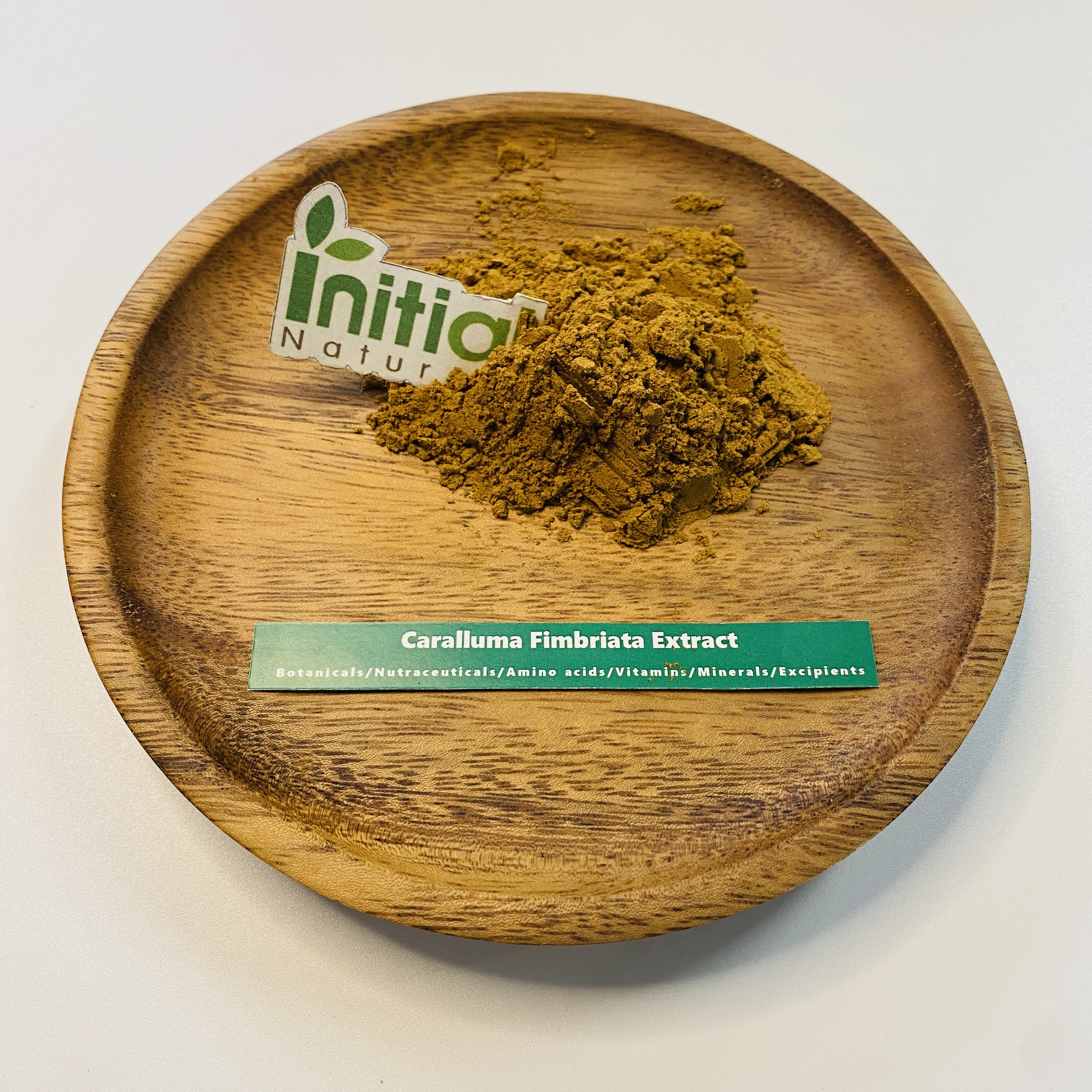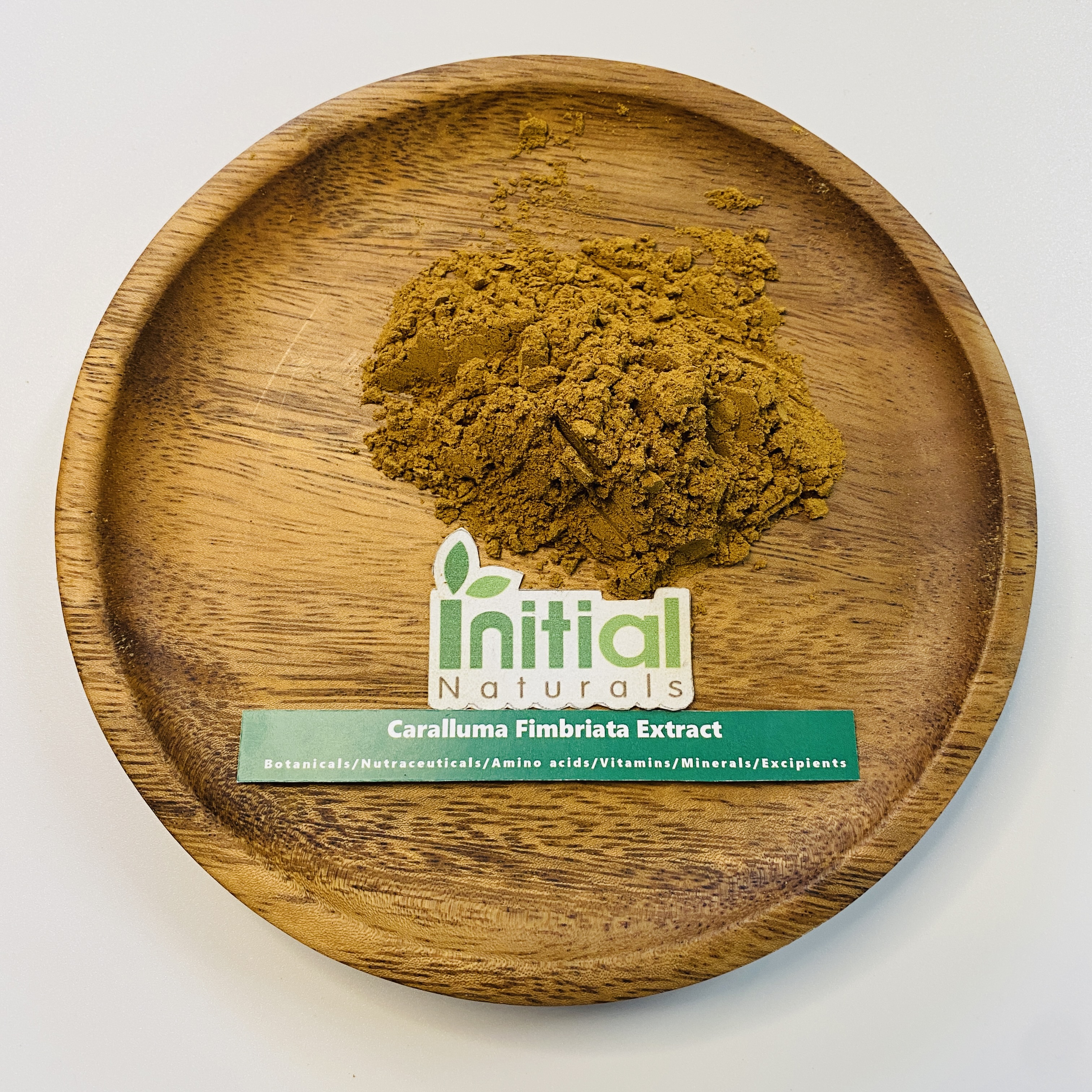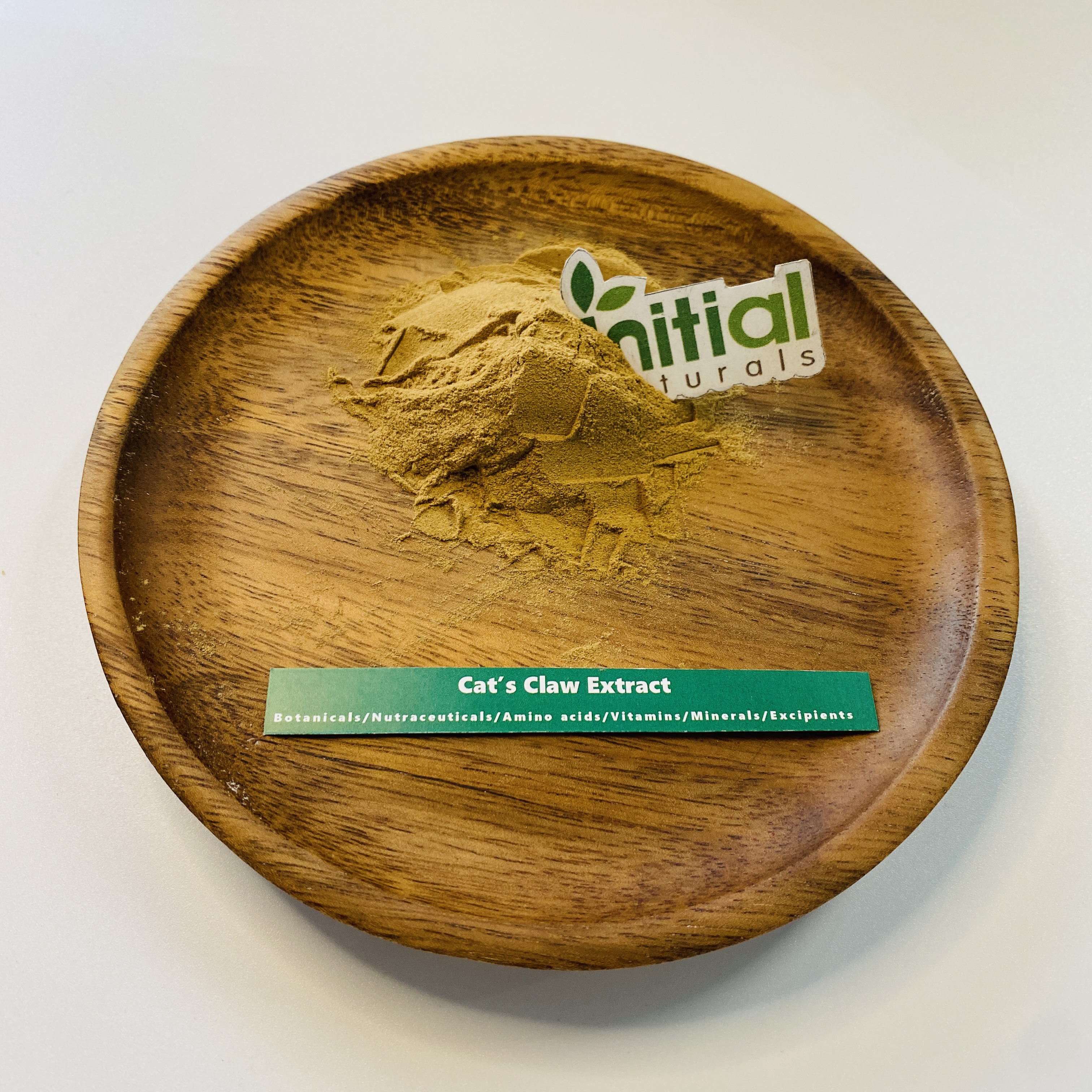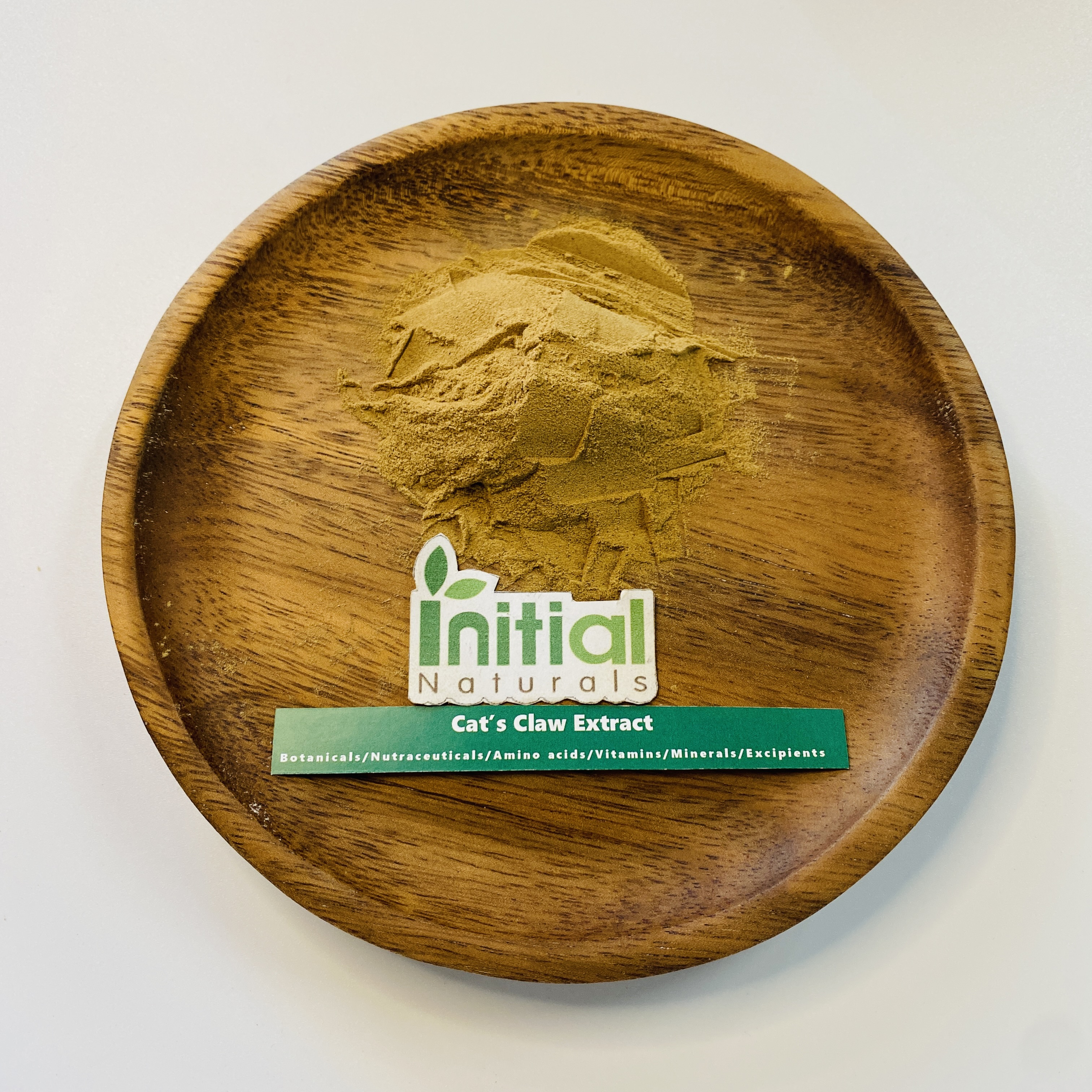Birch extract comes from the tree of the same name.In Chinese tradition the birch tree is believed to bolster protection, communication and rejuvenation.It’s one of the most important plants in Chinese medicine, thought to improve digestion, immunity, and the quality of your skin and hair.
-


-


The black cohosh plant, also known scientifically as Actaea racemosa (or Cimicifuga racemosa) is a member of the plant family called Ranunculaceae. This herb goes by several different nicknames, including “black bugbane,” “black snakeroot” and “fairy candle.” Although it has many applications, it’s most often used to manage symptoms associated with menopause.
-


At first glance, Black garlic may look like it’s been sitting out for way too long, but this form of garlic commonly seen in Asian cuisines is beginning to grow in popularity here in the states.
Once considered a secret ingredient found only on the shelves of specialty markets and on the menus of high-end restaurants, black garlic has recently become a favorite of foodies looking to amp up the flavor and nutritional content of their dishes. -


Black pepper health benefits range from major antioxidant and anti-inflammatory properties to antitoxic ability (in the colon), tumor killing, thyroid support, treatment of the common cold, fever reduction and many more. Black pepper contains volatile compounds, oleoresins and alkaloids which create a powerful plant, particularly for reducing oxidative stress. Another review of its powerful benefits states that, “The key alkaloid components of Piper nigrum, that is, piperine, assist in cognitive brain functioning, boost nutrient’s absorption and improve gastrointestinal functionality.
-


Blackberry Extract is mainly made from fresh blackberry fruit. Blackberry is native to the old and new continents and eastern North America and the Pacific coast. Blackberry Powder is rich in iron and vitamin and all kinds of amino acids and trace elements. It can help to the promotion of blood coagulation,anti-aging,improving immunity,promoting brain metabolism,lowering blood pressure. It is one functional natural ingredient for human food,cosmetic and diatery supplement industry.
-

 Bladderwrack is a common seaweed with the scientific name Fucus vesiculosus. Depending on location, it’s known by other names, including red fucus, rockweed, black tang, Atlantic kelp, bladder fucus and cutweed. Bladderwrack seaweed has a high content in dietary fiber, minerals and vitamins. It’s known for its exceptional combination of macro- and micronutrients, which explains why it’s been harvested and used as food in far East Asian countries and coastal countries of Western Europe.
Bladderwrack is a common seaweed with the scientific name Fucus vesiculosus. Depending on location, it’s known by other names, including red fucus, rockweed, black tang, Atlantic kelp, bladder fucus and cutweed. Bladderwrack seaweed has a high content in dietary fiber, minerals and vitamins. It’s known for its exceptional combination of macro- and micronutrients, which explains why it’s been harvested and used as food in far East Asian countries and coastal countries of Western Europe. -


Boletus edulis, commonly known as penny bun, porcino or cep, is a basidiomycete fungus, and the type species of the genus Boletus. Several closely related European mushrooms formerly thought to be varieties or forms of B. edulis have been shown using molecular phylogenetic analysis to be distinct species, and others previously classed as separate species are with this species.
-


Boswellia serrata is a tree native to India that produces special compounds that have been found to have strong anti-inflammatory, and potentially anticancer, effects. In fact, long before inflammation-lowering medications and supplements existed, extracts derived from different species of the boswellia tree were used to treat all sorts of inflammatory conditions, such as arthritis, inflammatory bowel disease and heart disease.
-


Broccoli is technically an edible green plant in the cabbage family, which is part of the larger plant family called Brassica oleracea. Because it’s closely tied to cabbage and has many of the same nutrition benefits, the word broccoli comes from the Italian plural of broccolo, which means “the flowering crest of a cabbage.”
-


As a molecular compound found in spicy peppers, capsaicin has no dietary content, such as calories or additional nutrients. It’s found in every part of the pepper except for the seed, although the highest concentration of capsaicin is found in the inner wall where the seeds attach.
-


Caralluma fimbriata is an edible succulent cacti that belongs to the Asclepiadaceae family. This herb grows wild across India and is well-known as a famine food because it’s used to suppress appetite during periods of famine.The plant contains antioxidants and anti-inflammatory agents, including polyphenols, flavonoids and megastigmane glycosides. It also contains constituents that have appetite-suppressing effects and may work as fat burners that block fat production in the body.
-


Cat’s claw is a tropical woody vine belonging to the Rubiaceae plant family. It clings to the sides of trees as it grows by using its claw-shaped thorns. The trees are typically 100 feet or taller. At least 20 plants with sharp, curved thorns are considered to be cat’s claw or uña de gato.


